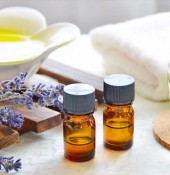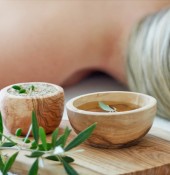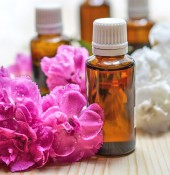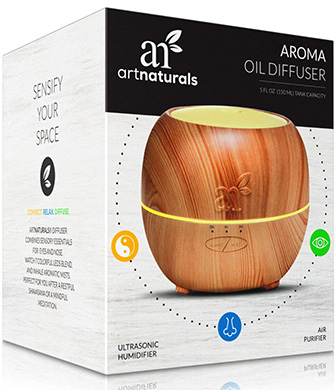
-

Essential Oils List Geranium essential oil is extracted through steam distillation from the leaves of the geranium plant. The oil obtained is of clear, pale yellow to olive green color, and has a thin consistency. The aromatic description is listed as sweet, floral, minty fresh, with a fruity note. When extracted from the Pelargonium graveolens plant, the oil is rose-scented, and from the Pelargonium odorantissimum variety, it has a slight apple undertone. Geranium essential oil has a strong initial aroma, and is used as a middle note in perfumery. The oil itself is considered a natural perfume, which is also often used in soaps and detergents. Though non-toxic, as with all essential oils, it should be diluted at 2.5% in a carrier oil, usually 15 drops of essential oil to one ounce of carrier oil. Scent can linger for hours. Main areas of growth and oil production are Africa, Reunion Island, Russia, and China. From Russia and China, it has a greener, fresh rosy aroma, while it is heavier and darker from Egypt...read more -
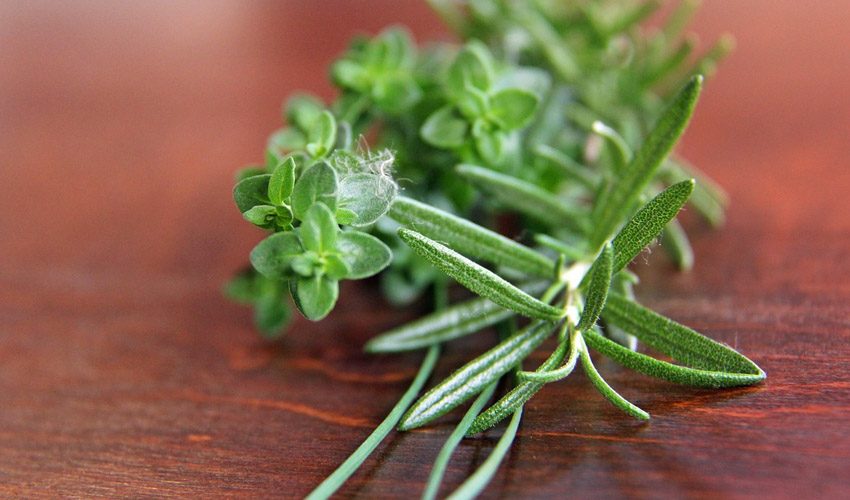
Essential Oils List Rosemary essential oil is a colorless or pale yellow mobile liquid with a strong, fresh, minty-herbaceous scent and a woody-balsamic undertone. It blends well with lavender, oregano, thyme, pine, basil, peppermint, elemi, cedarwood, petitgrain, cinnamon and other spice oils. The principal constituents of rosemary essential oil are: pinenes, camphene, limonene, cineol, borneal, camphor, linalol, terpineol, octanone, and bornyl acetate. General actions on the physiology include: analgesic, antimicrobial, anti-oxidant, antirheumatic, antiseptic, antispasmodic, aphrodisiac, astringent, carminative, cephalic, cholagogue, choleretic, cicatrizant, cordial, cytophylactic, diaphoretic, digestive, diuretic, emmenagogue, fungicidal, hepatic, hypertensive, nervine, parasiticide, restorative, rubefacient, stimulant (circulatory, adrenal cortex, hepatobiliary), stomachic, sudorific, tonic (nervous, general), and vulnerary. Scientists have found rosemary essential oil beneficial in the treatment of various ailments including: acne, baldness and hair care, dry & damaged over-processed hair, congested & dull skin, dandruff, aches & pains, arthritis, debility/poor muscle tone, gout, muscle stiffness, muscular cramp, poor circulation, low blood pressure, rheumatism, liver congestion, fever, nervous exhaustion, fatigue, neuralgia, sciatica, eczema, greasy or oily skin/scalp, insect repellent, lice, scabies, slack tissue, cellulitis,...read moreRosemary Essential Oil
By admin on August 4, 2019 -

Essential Oils List Lemongrass essential oil is steam distilled from the leaves of the Cymbopogon citratus plant, which is native to Sri Lanka. It is however cultivated mostly in Guatemala. Lemongrass essential oil has a light yellow to amber color, and its consistency is not sticky or viscous. Its aromatic description is listed as a citronella-like nuance of sweet and lemony. It has a strong initial aroma, but it evaporates very quickly. It is used as a top note in perfumery. The oil is non-toxic, but like with all essential oils, has to be diluted in a carrier oil. The ratio of dilution is usually 15 drops of essential oil to one ounce of carrier oil. Possible uses for lemongrass oil are for acne, athlete’s foot, excessive perspiration, flatulence, insect-repellent, muscle aches, oily skin, scabies, stress, and sports-muscle pain. The oil has the property of relieving lactic acid buildup in muscles. It is also an excellent household cleaner, as it kills germs and bacteria. In cosmetic use, lemongrass essential oil is recommended for...read moreLemongrass Essential Oil
By admin on July 24, 2019


